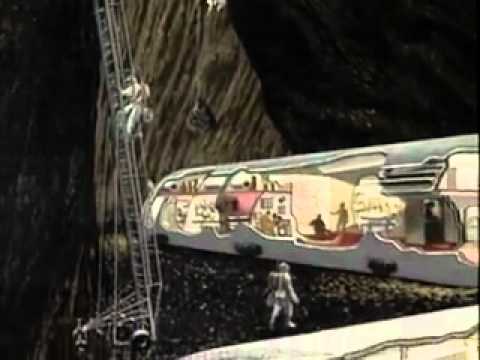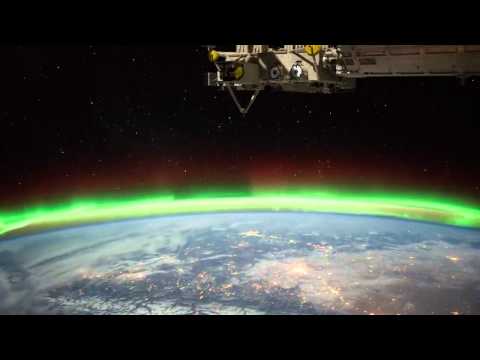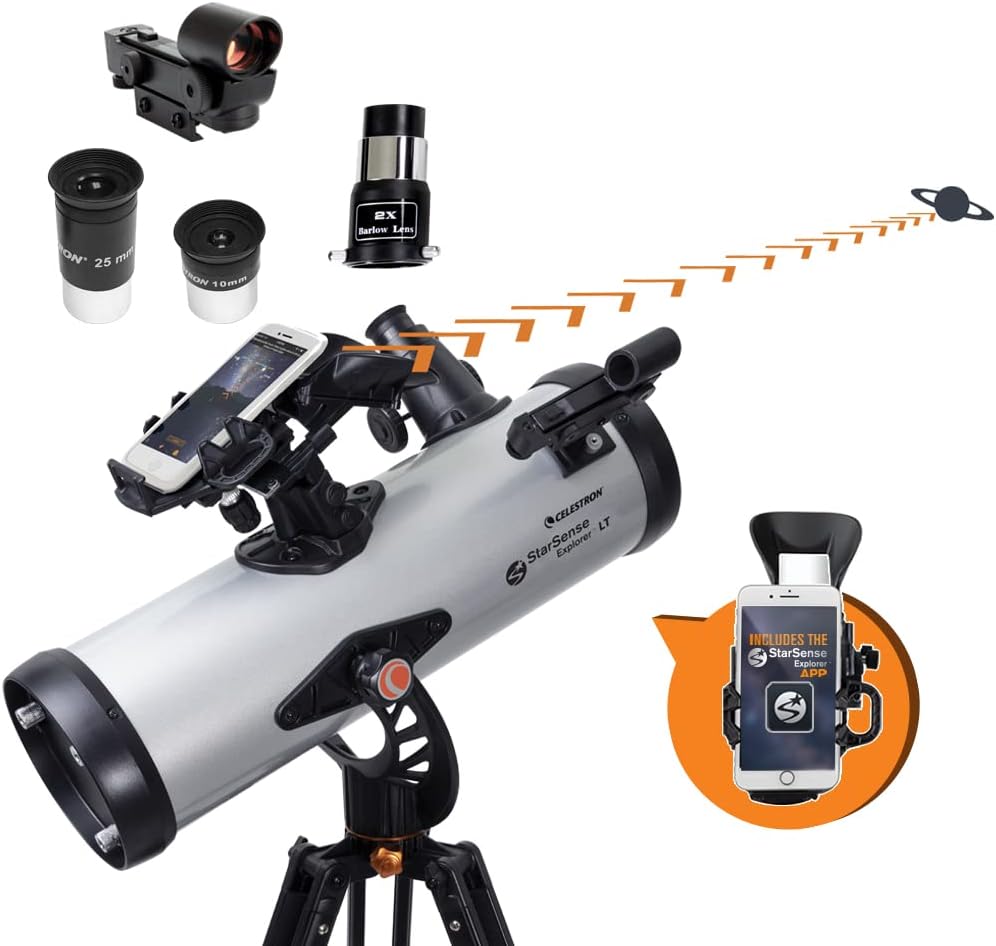What has NASA’s InSight discovered on Mars so far? Sights and sounds of Mars
If you were paying attention to the news lastyear, I don’t think it was possible to missthe media hype about the NASA InSight missionto Mars. But after it successfully landed, there’shardly been any mention of it since. So, what were its mission goals on the Martiansurface?And has it achieved anything now that it’sbeen there for almost a year?I’m Alex McColgan, and you’re watchingAstrum, and together we will find out exactlywhat InSight has discovered on Mars so far. Let’s begin with a quick recap of the mission. InSight launched from Earth in May 2018, andlanded on Mars in November of the same year. Unlike a lot of the other NASA missions toMars, this is a robotic lander, not a rover. In fact, it shares a lot of similarities andtechnology with a previous NASA mission calledPhoenix, although they had quite differentscience goals. InSight’s main objective is to investigatethe seismology of the planet, whereas Phoenixwas more interested in the past and presenthabitability of Mars. The last you probably saw of the InSight missionwas this image, the first image InSight sentback to Earth. But there have been a lot of interesting thingsthat have taken place since then, so let’ssee exactly what happened after it landed. The first thing InSight did was send backsignals to Earth that it had touched downsafely, and sent the famous first image. As you can see, a lot of dust had been kickedup by the landing, as InSight used descentrockets to slow its fall. A camera pointed under the lander revealsthe effects of the rockets, which carved outmini craters under the craft. InSight was programmed to wait a few hoursfor the dust to settle before deploying itstwo circular solar panels, as dust settlingon the panels themselves would affect theefficiency. InSight quickly began collecting data, evenbefore deploying any of the science instruments. The first thing it recorded was the Martianwind, picked up by vibrations sensed by theseismometer still on the lander. And this is what is sounded like, althoughI should note that you will probably eitherneed a subwoofer or headphones to hear this. This has not been sped up, these literallyare the vibrations caused by Martian windgoing over the solar panels of the lander,the frequency of the vibrations convertedto audio. For the benefit of those who can’t hearit, here is it pitched up two octaves. InSight can also detect changes in air pressure. Here is the air pressure changing as windblows across the lander. This audio has been sped up by a factor of100 for it to be within human hearing range. What is fascinating though is that we don’thave to just imagine the wind passing by InSight,as it was also able to capture footage ofwater ice clouds passing by overhead, visiblyshowing the direction of the wind. Yes, although Mars is currently a barren wasteland,there is still a tiny amount of water vapourin the atmosphere. Almost immediately after landing, InSightwas taking 3D images of its surrounding areain order to find the perfect spot to placethe seismometer. Based on those 3D images, NASA recreated thisarea as accurately as possible, even goingas far as using the Hololens augmented realityheadset to match up the surface of Mars withthe environment they were recreating. The seismometer is extremely sensitive, andhad to be placed directly on the surface,avoiding any rocks that would affect the placementof it and of its windshield. As you’ve already heard, wind is easilydetectable by the seismometer, so the windshieldhad to fully enclose it to protect it frompotentially contaminated measurements. Once the go ahead was given, InSight carefullyused its robotic arm to place the seismometeron the surface of the planet. From there, it could detect the faintest vibrations,from Marsquakes to meteors impacting the surfaceclose by. But what is the point of this?Well, when a specific part of the surfaceof a planet vibrates, a ripple propagatesthrough the planet’s interior. Listening out for the echoes, scientists candetermine the internal structure of Mars. They would then correlate the data collectedwith the other main scientific instrumentonboard InSight, namely the Heat Flow andPhysical Properties Package, which is a combinationof a drill and a hammer with a very accuratetemperature sensor to measure how efficientlyheats transfers through the Martian core. The “mole”, as they call it, tried todig 5m down, taking temperature readings every10cm, extrapolating these readings to estimatethe thickness of the Martian crust. Unfortunately, the mole got stuck only 30cmdown, and is currently unable to recover. It probably hit a very hard rock, or the soilsimply didn’t provide enough friction, whichtilted the mole before it had fully exitedits housing, getting stuck in this position. Again, ground based teams tried to replicatethe problem and look for a safe way to pickup the housing around the mole and use therobotic arm to straighten its course. Putting their plan to action on Mars, theoperation was successful, the housing waslifted off, exposing the mole, but no furtherprogress has been made as of this moment. Latest plans are to try and use the roboticarm to push down on the soil right next tothe mole, hopefully giving it the frictionit needs to start digging deeper, if frictionreally was the problem. Luckily, the seismometer was more successful. In April of this year, it detected its firstMarsquake. And this is what is sounded like. Again, the vibrations have been sped up bya factor of 60 as the frequency would notbe audible to the human ear. While data like this doesn’t need to beconverted to audio for scientists to use it,it is useful for the lay person so they canbetter grasp what is going on. What you will notice though is how sensitivethis seismometer is. Even under the wind shield, it still picksup vibrations caused by the wind, and eventhe robotic arm moving can be easily detectedeven though it’s a few meters away. Lastly, InSight is acting a little like aweather station on Mars, with instrumentsdetecting wind, air pressure, and air temperature. As you can see, even at the equator Mars isa chilly -25c at its warmest at the moment,bottoming out at -100c. We are also seeing some gusts of up to 60kphand low air pressures, about 6mbar comparedto Earth’s 1bar. So, there you have it!As you can tell, InSight has had some upsand downs, but the overall health of the landeris good, and it will hopefully be collectingdata for a while yet, assuming not too muchdust settles on its panels. This data will provide a more and more accurate3D model of the interior of Mars, providingevidence of what Mars once looked like andhow it formed in the first place. And if the mole can get functioning again,we’ll be able to get data for the heat flowunder the surface too to find out if therereally is an active mantle under the surfacestill or not. So, keep an eye out for this mission in thecoming months and years!Thanks to NordVPN for sponsoring today’sepisode!For those of you that don’t know, a VPNis a Virtual Private Network, which allowsyou to securely surf the web as if you wereanywhere on Earth. Mars sadly hasn’t had servers added yet. But for me this is super useful, as althoughI’m British, I live most of the time inSwitzerland, and it is highly annoying forme when I go on Netflix and they region lockthe English audio tracks out of the showsor films I want and only give German as anoption. Or completely region lock certain shows frombeing viewed at all. So, to lower my blood pressure, with NordVPNI can connect to a UK server, and enjoy watchingwhat I want, how I want. Are you ever using a public connection andare concerned it’s not secure?Turn NordVPN on and your data is now encrypted. You can use it for your home or mobile devicewhich is handy when you are on the go. So use the link https://nordvpn. org/astrumfound in the description and you can get 75%off their 3-year plan. The nordvpn. org/astrum link will also getyou one month for free, so don’t miss out. Thanks for watching!If you enjoy Mars, check out this playlistof other Mars videos here. And of course, a big thank you to my Patreonsand members that support the channel. If you want to support the channel too andsee your name listed here, find the linksin the description!All the best, and see you next time.













